What Is Flexible Ducting Used For?
To prevent mould, fresh air should always be introduced into your dwelling daily, as it helps to regulate temperature and reduce condensation. Introducing fresh air can be as simple as having a ventilation routine, or installing extractors or PIV systems.
In this blog, we will answer the question ‘What is flexible ducting used for?’
Having an understanding of the uses and reasoning for using flexible ducting can be just the information you need in order to get the correct ducting to fit your needs. Getting the right ducting can save you time, money and peace of mind.
I-Sells is here to provide the answers you need whilst also supplying you with all the information you need to combat mould and have a well-ventilated home.
What is ducting?
The ducting system is a series of interconnected hollow tubes dedicated to the movement of air, ducting pipes can come in different sizes and as previously mentioned, in different shapes, each of which has its benefit.
Ducting pipes can be as long or as short as required by the space it is occupying. Additionally, ducting can be created from different materials, as we will highlight below.
Ducting is used to facilitate the process of ventilation, ducting systems may vary, but generally are made from plastic or metal & made into the piping which intakes air from the room it is in & expels it outside.
The main purpose of ventilation is to introduce outdoor air into a dwelling, building or room being evenly distributed. Its general purpose is to allow “healthy” air for breathing & diluting pollutants that may be present in the dwelling, building or area.
No ducting means more mould
Mould reproduces from tiny spores. The spores float through the air and deposit on the surfaces. Under adequate temperature, moisture, and nutrient conditions, the spores can form new mould colonies.
condensation is not the only cause of mould, it can occur from leaks in the structure of a building too. Ducting and ventilation can help prevent an environment necessary for mould to develop, along with a ventilation routine.
Mould can severely affect your immune and respiratory system, as the spores are easily breathable and not obvious to see through the human eye.
If you have found mould in your home, you need to assess if this is your landlord’s responsibility (for example it could be from a leaking roof that needs repairing). Or if the dampness is caused by improper ventilation. To assess your options, click here.
What is flexible ducting used for?
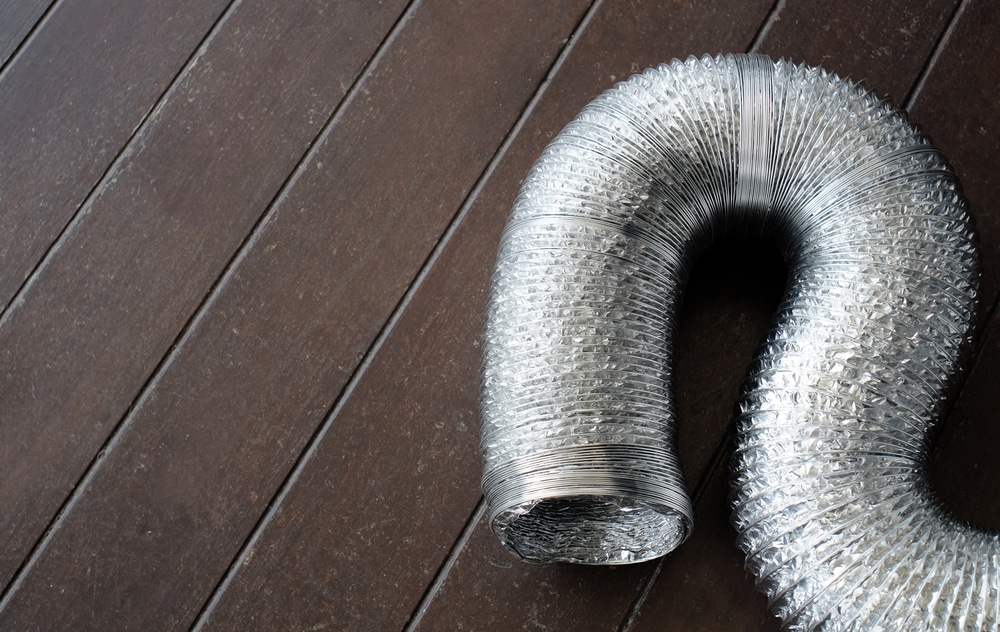
Flexible ducting serves the same purpose as regular ducting, the function does not change, the only change is the conduit in which the air travels. There are nominal differences between the two that may make one more effective than the other, but this is purely subject to your needs.
Regular ducting is solid, it can not be manipulated into specific spaces unless it is made specifically for that space. Flexible ductwork however is specially designed to be manipulated into spaces during installation ( and after if necessary.)
Why would I need flexible ducting?
Flexible ducting is ideal for those with limited space but still require ducting. It can also be used as a temporary option. Flexible ducting can come in plastic or metal, applicable in home/accommodation settings, or industrial settings. An example of flexible ducting can be seen in conjunction with vented tumble dryers.
Setting up flexible ducting
One important factor you should consider before and after you have purchased certain flex ducting is that it should be fully extended before installation, having it fully extended limits the amount of dust and allergens that would be caught in the ridges of the unextended areas, which will build up over time.
Additionally, fully extending the ducting before the application will ensure it will reach the maximum length it is able to. If you are new to installing ducting, we recommend speaking to your nearest HVAC expert to avoid any mistakes and possible refits.
The flexible ducting we provide comes in either aluminium or plastic, in addition to sizes ranging from 3M, 6M and 10M. Depending on the ducting you choose, you can also decide between 50-500mm diameter.
Pros and cons of flexible ductwork
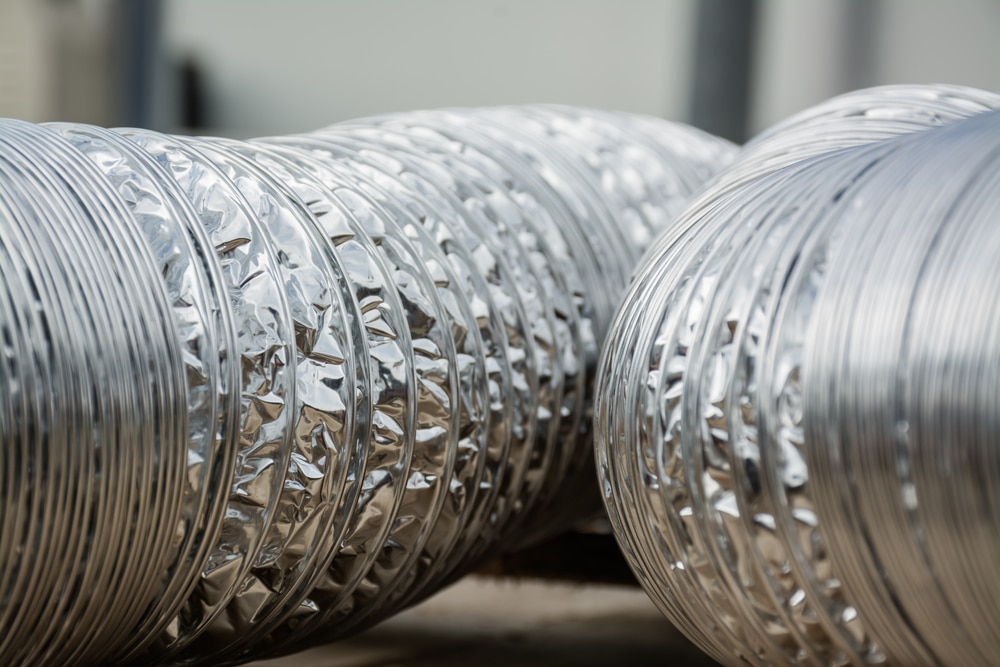
Flexible ducting can be made from PVC, silicone, rubber, aluminium and PU polyurethane. As a result, this ducting is easier to manipulate and therefore can be used in cabinets, a variety of layouts and other small spaces. (this is also thanks to its accordion-styled design.)
Advantages of flexible ducting
- It is flexible by nature which by default makes it easier to install & manipulate post-installation if needs be.
- Can be installed in tight or confined spaces.
- Option for transparent ducting to be able to see potential blockages.
- Can be used as a temporary ducting system
Disadvantages of flexible ducting
- Due to the flexible nature of this ducting, there is a higher likelihood of punctures, subjective to placement.
- Regular maintenance checks should be carried out to guarantee efficiency.
- Mostly suitable for internal mounting
Can flex ducting grow mould?
The naturally hot and dry climate within a duct naturally makes it difficult for mould to thrive. But if a duct becomes unsealed, or there is a dramatic change in the duct’s environment that causes humidity, mould can grow within it.
To prevent this possibility, you must make sure your ducting is sealed securely and free from any cracks or holes that compromise its efficiency. You must also make sure the area the ducts are installed is free from free-flowing water or leaks.
What happens to a duct if it grows mould?
If ducting has any mould growing within it, it presents a dangerous health hazard as the spores can spread amongst the whole ventilation system and the dwelling it operates in. As a result, you may have to completely replace the venting system/ ductwork depending on the severity.
Here are some steps you can take to prevent mould on your ductwork:
- Before installing the ducting, make sure the area doesn’t have any leaks or is next to anything that can generate a lot of heat, such as a heating pipe.
- Remove any mould in the room where the ducting will be placed.
- Insulate the ducting
- Track the humidity of the room with a hygrometer.
Is round ducting better or flexible?
This is subjective to the space that the ducting will be installed in. As we mentioned before, flexible ducting can be more partial to tears and build-up, though this option is the best if the space is a factor.
Round ducting can be beneficial as air can travel easily through it, with less chance of sound. Both options are available in plastic and metal options.
Ultimately, getting in touch and telling us about your specifications, or contacting a HVAC expert and sharing your specifications with them, will help you understand the best option for you and your space.
Buy flexible ducting today
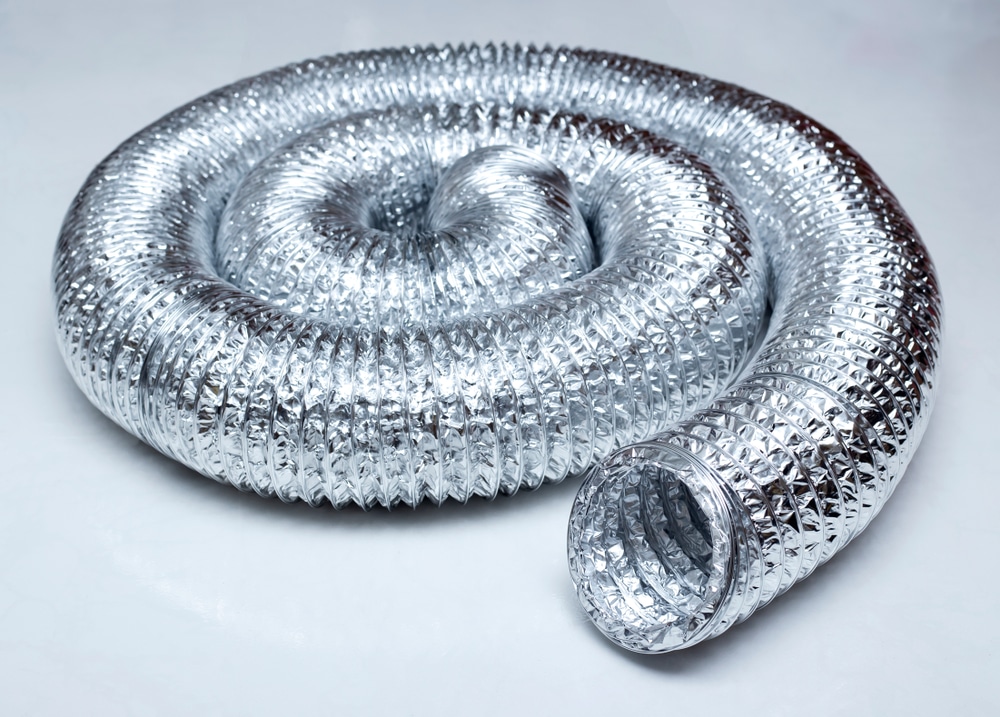
We at I-Sells endeavour to make sure our customers have all the information they need before choosing to invest in our mould solutions. Be sure to visit our blog page to gain knowledge on the wide array of factors and issues surrounding ventilation, mould, condensation, and much more.
We hope to have answered the question ‘What is flexible ducting used for?’
We understand you may have more questions, Do not hesitate to contact us for more information with regard to whatever you need our help with. If you’d like to send us an email, click here. For other contact options, see below:
Call us on 020 8463 9696
Visit us at our showroom:
*OPENING TIMES*
Monday – Friday: 8:00 am to 5:30 pm
Saturday: 9:00 am to 12:00 pm
Sunday: Closed
15 St John’s Parade
Sidcup, Kent
DA14 6ES
United Kingdom

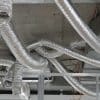
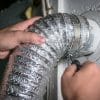

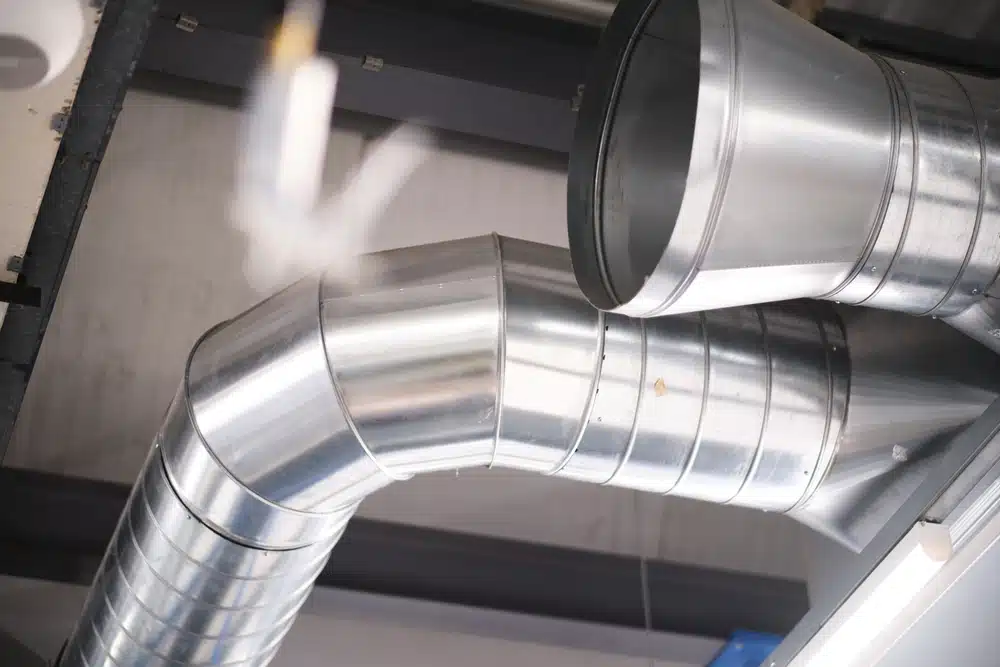
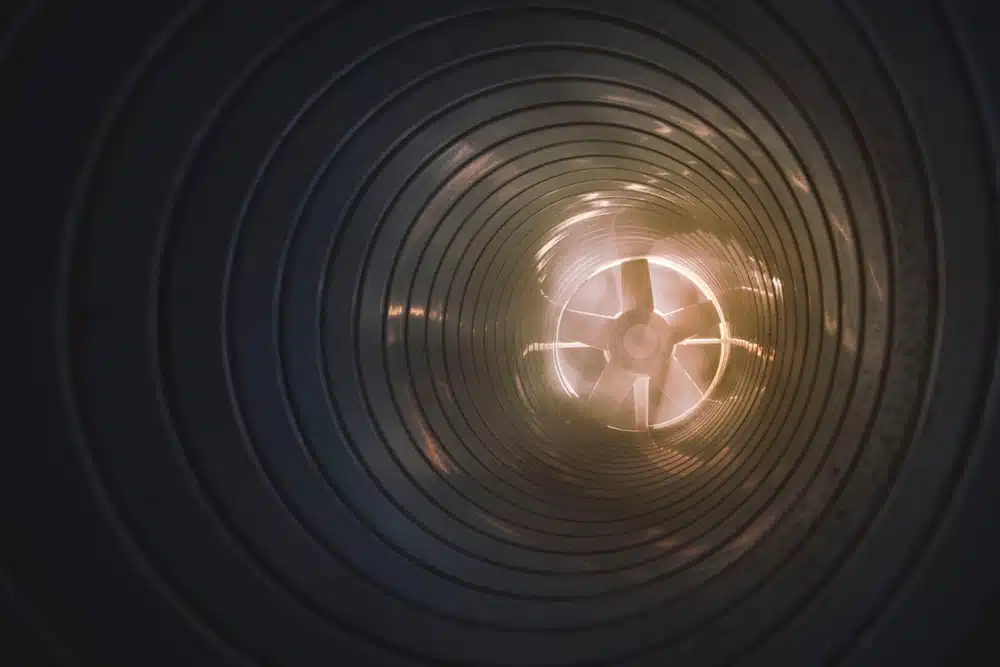
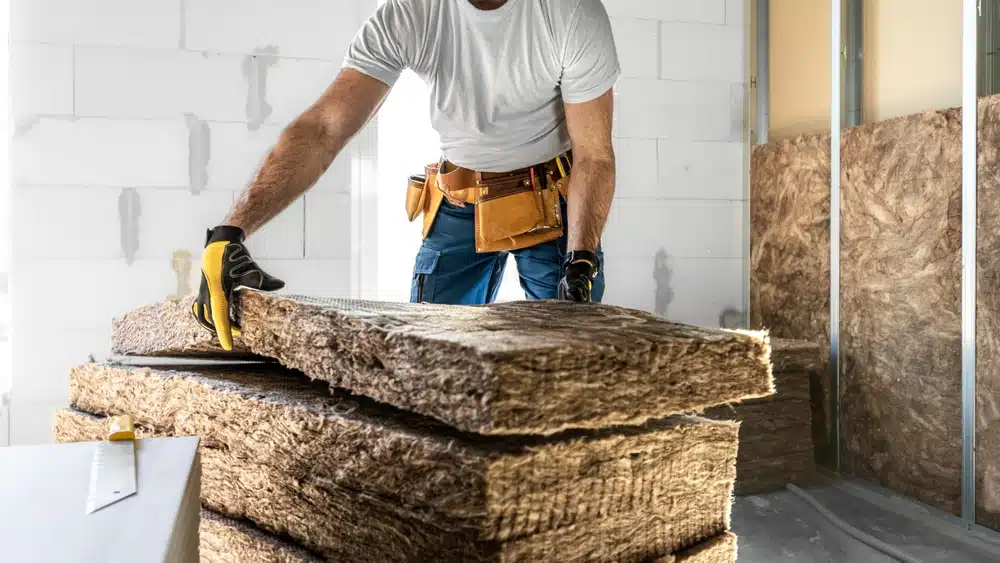
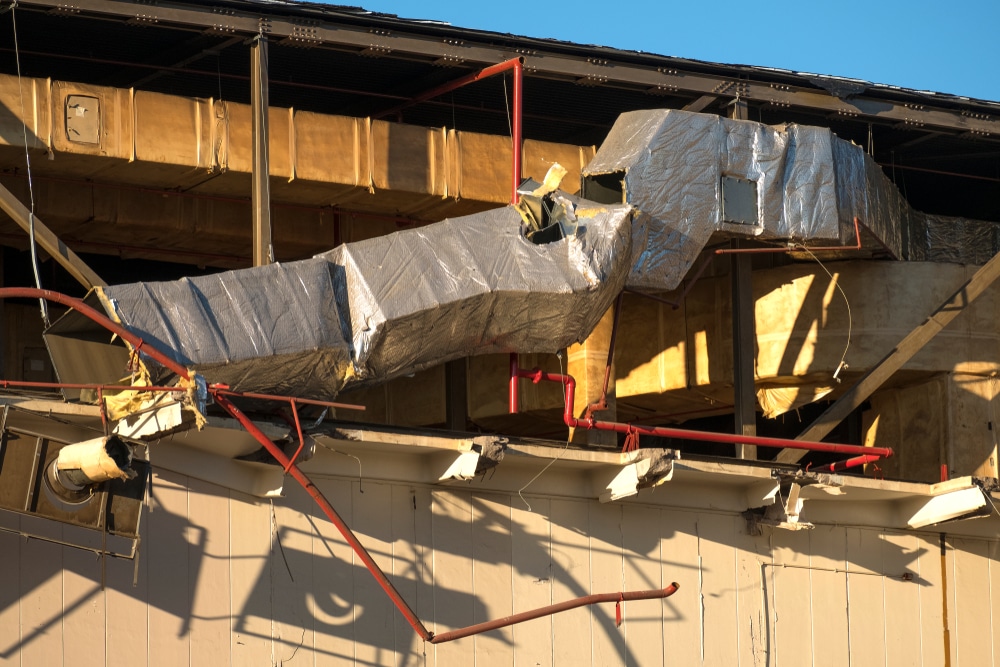









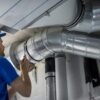


















Add comment
You must be logged in to post a comment.